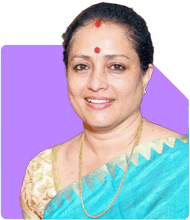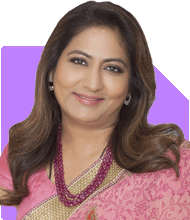Dr Chandrakant Lahariya |169 Answers |Ask -Follow
Diabetologist, Consultant Physician, Vaccine Expert - Answered on Oct 26, 2024
The Delhi-based senior physician also has over 20 years of experience in hypertension, thyroid disorders and respiratory illnesses.
An expert on common health issues and the preventive aspects of medicine, he has co-authored the book, Till We Win: India's Fight Against The Covid-19 Pandemic.
Dr Chandrakant completed his MBBS from the Maulana Azad Medical College, New Delhi, and his MD from the Lady Hardinge Medical College, New Delhi.
He has a DNB (National Board of Examination, 2009) certification and a diploma in vaccinology from Institut Pasteur, Paris.... more

get severe cramps makinng to get motionless,on Statins,Betablockers,if stopped med. feel better.Is there a supplement treat or can stop med. for a period?
In your case, stopping statins and use of alternatives could be a better approach.
However, it has to be an informed decision after medical consultation.
Best,
Dr Chandrakant Lahariya
Centre for Health: The Specialty Practice
New Delhi
You may like to see similar questions and answers below
Dr Karthiyayini Mahadevan |1146 Answers |Ask -Follow
General Physician - Answered on Aug 05, 2024
Dr Karthiyayini Mahadevan |1146 Answers |Ask -Follow
General Physician - Answered on Oct 08, 2024
Dr Karthiyayini Mahadevan |1146 Answers |Ask -Follow
General Physician - Answered on Sep 30, 2024
Ravi Mittal |475 Answers |Ask -Follow
Dating, Relationships Expert - Answered on Dec 26, 2024
Kanchan Rai |447 Answers |Ask -Follow
Relationships Expert, Mind Coach - Answered on Dec 26, 2024
Kanchan Rai |447 Answers |Ask -Follow
Relationships Expert, Mind Coach - Answered on Dec 26, 2024
Kanchan Rai |447 Answers |Ask -Follow
Relationships Expert, Mind Coach - Answered on Dec 26, 2024
Dr Nandita Palshetkar |36 Answers |Ask -Follow
Gynaecologist, IVF expert - Answered on Dec 26, 2024
Dr Nandita Palshetkar |36 Answers |Ask -Follow
Gynaecologist, IVF expert - Answered on Dec 26, 2024
Dr Nandita Palshetkar |36 Answers |Ask -Follow
Gynaecologist, IVF expert - Answered on Dec 26, 2024
Dr Nandita Palshetkar |36 Answers |Ask -Follow
Gynaecologist, IVF expert - Answered on Dec 26, 2024
Samraat Jadhav |2127 Answers |Ask -Follow
Stock Market Expert - Answered on Dec 26, 2024
Milind Vadjikar |800 Answers |Ask -Follow
Insurance, Stocks, MF, PF Expert - Answered on Dec 26, 2024



























